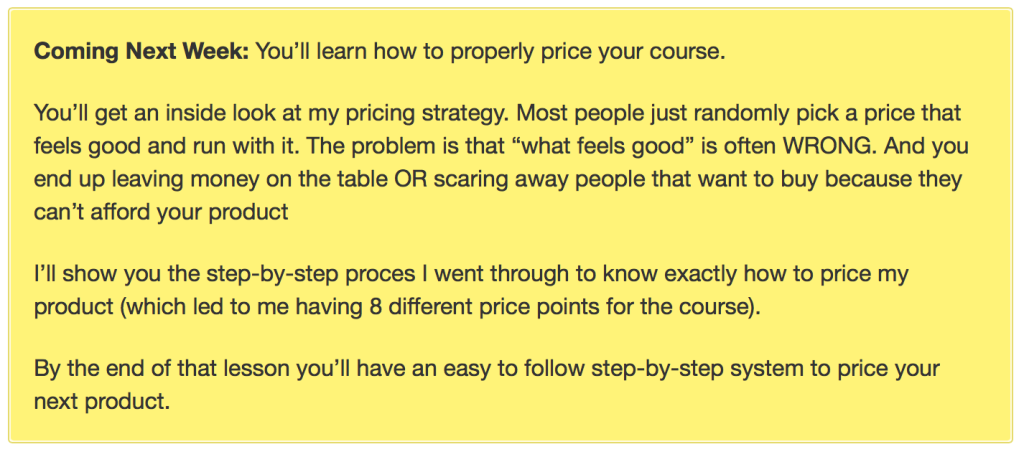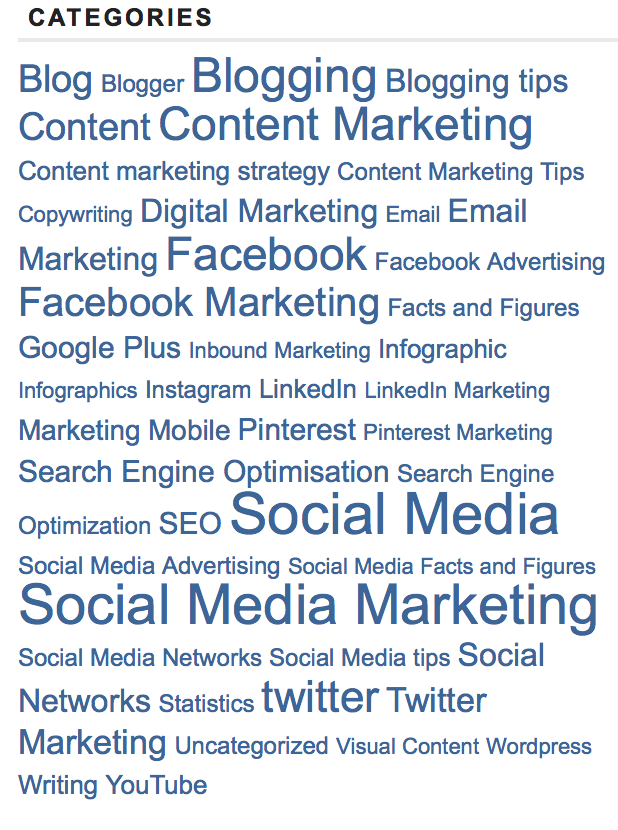
Bloggers love writing valuable content. It’s something that we crave.
But then we run into a wall. Ideas don’t flow as smoothly. During this time, it is common for a blogger to question his or her writing capabilities.
Even with over 1,000 blog posts under my belt, when I run into that wall, I sometimes question my ability to think of more content.
Have I written everything about my niche that I can possibly write about? How do I avoid writing repeat blog posts?
Those two questions swirl in my mind as I try to think of new blog post ideas after a slump. I go by the advice I mention in my past blog posts and in other people’s blog posts.
I recently found myself in the middle of a slump. I had written a bunch of blog posts but the ideas weren’t flowing as easily.
I knew I had to get out of the slump so I could write content rapidly again. That was especially true because I am now looking at self-publishing my own books again.
I wrote this blog post for myself and for every other blogger who goes into that slump. It can get difficult to think of more blog post ideas, and it’s frustrating when the ideas (let alone the content) don’t flow properly.
Rapidly writing epic blog posts consists of four steps. The importance of each of these steps is that you must do them one at a time.
#1: Brain Dump
The brain dump is the process of writing down as many ideas as you can think of. The brain dump is a struggle when you begin the process, but once you begin, it increasingly becomes easier.
For most of my brain dumps, I go through other people’s blog posts and use their content for inspiration. However, for this particular slump, that strategy was not working.
I needed another source of content. I didn’t have enough time to listen to an audiobook or read a book. I needed the blog post ideas now because I knew that not having those ideas would haunt me throughout the day.
So I went to YouTube.
Many bloggers find themselves reading other people’s content for inspiration. I don’t think as many bloggers go on YouTube for that same inspiration.
This was the first time I went on YouTube and watched a few videos with the sole purpose of thinking of more blog post ideas.
I almost got a month’s worth of blog post ideas from watching other people’s YouTube videos.
I got ideas based on the videos’ titles and what the people said within their videos.
IMPORTANT: I only wrote down the ideas as I thought of them. I did not do a detailed outline for any of them until I was done with my brain dump. If I needed to remember important details for the outline, I included a link to the video next to the blog post idea.
#2: Outline Your Blog Post Ideas
Now that you have your ideas, there is just one step before you actually write the content. That step is to outline your blog post ideas in advance.
Outlining your blog posts in advance makes it easier for you to write the content. That’s just how they work.
Instead of thinking about what you are supposed to write about next, you are thinking of ways to improve your content while you write it.
Deep, huh?
And the best part about outlines is that they don’t have to be so detailed. The outlines for all of my blog posts consist of the following:
Blog post title
All of the methods I discuss
That’s it. I almost never account for mentioning examples. I think of any of the examples I include in my blog posts as I write them.
Don’t go crazy with a blog post outline. Let your mind do most of the work as you type your blog posts.
Regardless of how long it takes for you to construct your outline, you will save yourself time in the writing process.
And you definitely won’t be staring at the white blank screen. You’ll be staring at the white screen with text flying across the page.
#3: Just Write
Your outlines are now done. At this point, you simply write the content. Your outline is the guide and now it is up to your mind to wander.
The more experience you have with writing in this style, the easier it will be for you to provide valuable content. I am able to write this content right now without stopping because that’s how quickly my mind can operate.
I didn’t mean to sound boastful there, but it’s a testament that the more practice you have with writing content, the easier it will be for you to speed-type and speed-think.
An important thing to know about writing content is that you can provide valuable content even if you type rapidly. Typing rapidly just means you have a lot to say about your topic and is a testament of your expertise.
Less thinking more writing.
But remember, you are just writing. You are not looking back at your past blog posts or going on the web for anything.
If you need to add a picture to your blog post, do that after you write it. Take a look at this picture:

I didn’t stop writing, go on the internet, and get that picture. I continued writing and then leaved a space in that particular section that read “[PIC OF WRITING]”
PIC being short for picture (I want to get back to writing my content as quickly as possible) and ALL CAPS so it’s nearly impossible for me to miss.
I will even put it on it’s own line just to make sure I can’t miss it even if I am skimming through my blog post.
Any distractions that can get in the way of the writing flow must be eliminated. When I am writing my blog posts, I will Force Quit Safari and Mail.
That way, I can’t be distracted by a new message in my inbox or something I want to see on the web.
I was almost distracted from writing this very blog post because I wanted to check something on the web (I forgot to Force Quit Safari).
Then I Force Quit Safari and was able to continue writing this blog post without stopping.
It can be annoying to remove those types of distractions, but you’ll get used to it with practice.
#4: Proofread Your Blog Post
Once you are done writing all of your blog posts for the day, you must then proofread them. That way, you make sure there are no careless mistakes and you include all of the pictures where you need them.
However, you are not writing a blog post, proofreading a blog post, and then writing the next blog post.
You only proofread your blog posts when you are done writing for the day. That way, you don’t have to switch from one frame of working to the other frame of working.
Keep switching too often and you won’t be able to write blog posts as rapidly as you desire.
If you find proofreading to be a pain, you can always hire someone from UpWork to do that for you. If you hire a proofreader, that says nothing bad about your writing.
Hiring a proofreader allows a different set of eyes to look at your content, and that decision will open up more time for you to write more content.
In Conclusion
The writing slump is a pain. We wonder what we will write about next. It especially becomes difficult because bloggers don’t want to write repeat content.
You get through the slump with an intense brain dump. The brain dump is the most important part of the process because the more intense your brain dump is, the more ideas you will have to play with.
I would rather have 20 solid blog post ideas at my disposal than three solid blog post ideas at my disposal.
Having more ideas gives me the power to write more content without stopping.
What are your thoughts about this strategy for thinking of more blog post ideas? Do you have any tips for coming across more blog post ideas? Sound off in the comments section below.








